Getting too hot when camping is no fun. We are going to look at 5 Ways To Keep Cool During A Summer Family Camping Trip:
- Choice of Family Tent
- Tent setup and location
- Create shade for you tent
- Tent fans
- Tent Air Conditioning
- Keep yourself cool
Choice of Tent
All too often, no matter how clever a family tent’s ventilation system, your tent is just going to be too hot. Almost all family tents sold in the US are summer tents. Manufacturers typically label their tents as 3-season – suitable for spring, summer and fall. The truth is most of the design of a family tent is to try to keep you cool.
If you don’t believe me, go take a look at amazon.co.uk and do a search for family tents. The UK is renowned for more unpredictable summer weather and the temperature not rising too high. Just about all the serious tents on offer (you can get very cheap lightweight tents/beach shelters but these are not for serious camping) have full cover rain flies and are waterproofed to at least 3000mm hydrostatic head (many get 4000mm or even 5000). Not surprisingly, there is not a mesh roof to be seen.
So, unless you buy a specialist tent, your US family tent is optimized to be as cool as possible. Almost all have mesh roofs and rain flies that only really cover the mesh roof component. Waterproofing is frequently only from 500mm to 2000mm of head. This makes for very lightweight, cheap tents that are not particularly well waterproofed and which have practically no thermal insulation properties.
Despite tents being designed to keep us cool, they still get incredibly hot in summer. You can plan for this in your choice of tent.
When choosing your tent you should look out for features such as:
- Buy a large tent – it helps the air circulate. If you have read any of our articles it is likely that you know that we always recommend a tent that is rated for 4 people more than are in your camping crew. Even 10-person family camping tents are not out of order for a family of 4.
- Mesh roof with additional low-level ventilation vents – the theory is that air will enter at the lower level. As it warms it will rise through the mesh roof providing natural circulation.
- Multiple doors with independent NoSeeUm mesh and outer covers
Take a look at the following CampingSage top reviews:
Tent Setup and Location
You can do quite a bit to help with cooling your tent by being careful with your tent setup and location. While a tent can get very hot very quickly in the morning, most of us are most concerned with cooling the tent in the evening. It can be impossible to sleep if your tent is too hot.
Use Natural Shade
The most basic element of setting up to keep cool is to use natural shade. It’s easy to check where the shade is when you arrive at your campsite in the afternoon. Look for the shade from any trees or hills and pitch your tent there or where the shade will be a little later.
It can be a little trickier if you are setting up earlier or can’t see the sun. The sun rises in the East and sets in the West. In the Northern Hemisphere it crosses the sky to the south. If you have trees nearby you will get afternoon shade if you setup close to, and North East of the trees. It sounds a bit complex but is obvious once you are on the ground and use a compass to get your bearings.
Use Natural Wind Direction
You will likely generate most airflow through you tent through the doors. You can maximize the airflow you achieve by orienting your tent to make the most of any local prevailing airflow. Of course, wind direction changes frequently and is affected by weather patterns, local mountains and hills, forestation and deserts.
If you arrive in the afternoon, take note of which direction any wind is blowing and set up your tent so the wind will pass directly through the 2 doors.
If there is no wind when you start to set up your tent, remember, in the US there is a prevailing westerly airflow. If there is no one to ask about local wind directions, set up your tent with the doors aligned East – West. It might not be right for your locale, but it gives you a fighting chance.
It is a good idea to get the tent doors and windows open to aid the ventilation. Most tents have NoSeeUm mesh coverings for tent doors and windows. This is great but the very fine mesh does reduce the airflow. If you are in an area where NoSeeUm and mosquitoes are not a big problem, you can fully open your doors and windows to get increased ventilation.
Create Your Own Camping Shade
Rig Up Your Camping Tarp as a Shade
Depending on your location you may be able to do something about creating your own shade. Remember that incredibly useful camping tarp we always recommend as part of your essential camping pack up? Coupled with plenty of paracord, and a few conveniently sited trees, you can easily create your own shade.
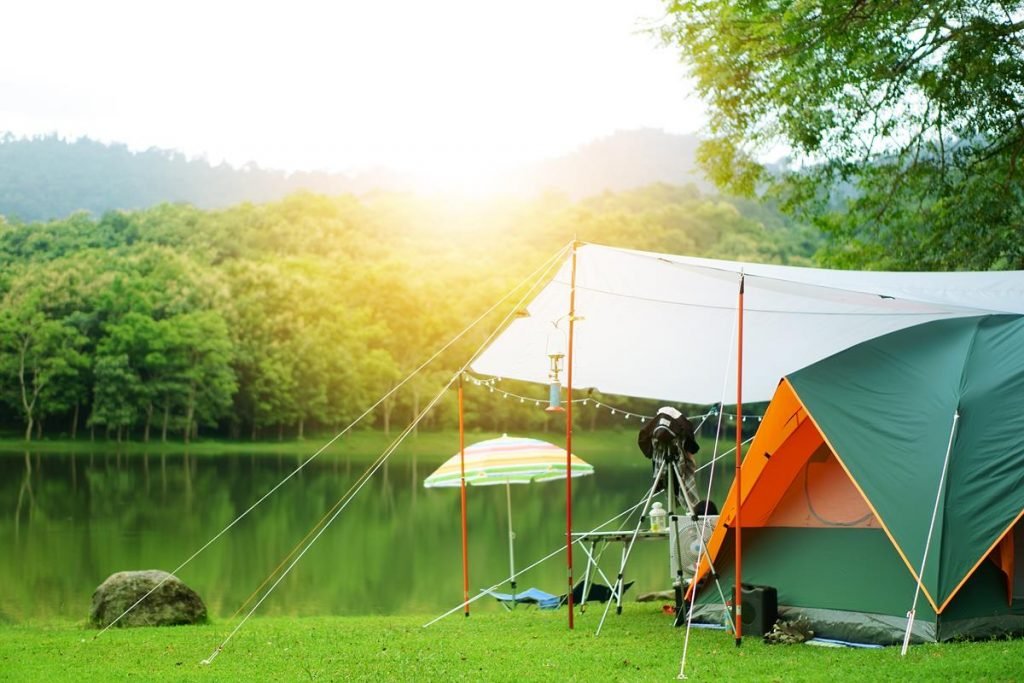
Use a Sail as a Shade
While a tarp works great as a tent shade, you can use a sail too. The advantage of a sail is that it is designed for the job. It will be lightweight, waterproof and will have hooks and eyes positioned to make getting it in position even easier. You will probably get rope and poles too.
There are thousands available such as:
ColourTree 16′ x 16′ x 22.6′ Grey Sun Shade Sail
An advantage of sails is that they look incredibly cool. You can erect them using poles and guy ropes. Our preference is to use nearby trees and lots of paracord.
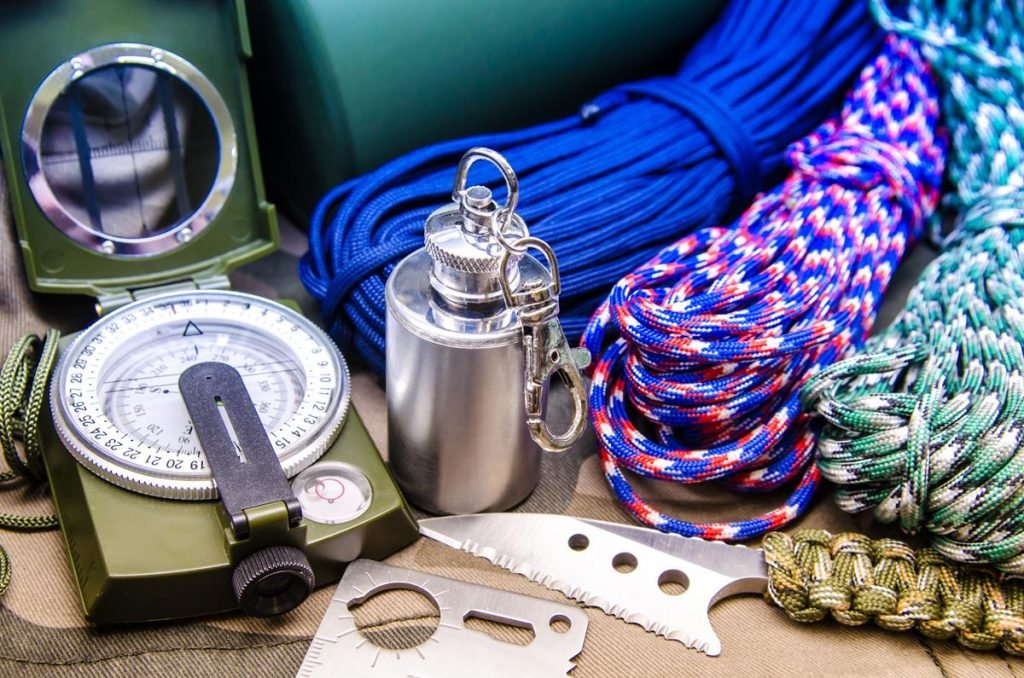
Camping Tent Fans
As we have seen, there is plenty you can do to try to ensure your tent is as cool as possible. Truth is though, sometimes it’s just not enough and we need to help the air to circulate. The obvious starting point is adding in tent fans.
There are many tent fans as you can see in our review. Unless you have an electric hookup (not likely unless you are on a KOA or other leisure campsite) or you use a camping generator, you are likely to need a battery powered fan. For a battery powered fan there are 2 primary requirements:
- can it move enough air to make a difference
- how long do the batteries last.
Out top choice for a camping fan is:
Tent Air Conditioning
To many people it seems odd that you can get tent air conditioning units. In fact, many people do use them. The major issue is that, to get a meaningful degree of cooling, you are going to need some serious mains power. That isn’t a problem if you are on an electrical hook-up or are using a camping generator. If not, you are limited to battery powered units.
Most battery air conditioners are, in reality, misting fans. You keep them filled with water (or attached to a hose (not much use for camping)) and the fan will mist the water into the tent.
Here’s a video of one example in operation.
We are highly skeptical of all battery powered tent air conditioning. You are probably only going to get 5 hours running to a set of batteries. That’s fine for the first night. Then you are going to need to recharge. That’s not easy if you are dispersed away from mainstream campsites.
For our money, we would first invest in a camping inverter/generator before we looked at tent air conditioning.
Keep Your Self Cool
Up to this point, we have concentrated on techniques for getting and keeping your tent cool. Keeping yourself cool is important too. A hot tent is even more oppressive if you return hot and sweaty.
If you have been out for a tough hike or other vigorous exercise, take a few minutes to cool down before going into your tent. Take you pack off. Open your shirt and stand in the shade and enjoy the breeze.
As we discuss below – take a wash. Splash yourself with cold water. Get your self cool first.
Wear Light Colored Clothing
The darker your clothing the more heat it absorbs during those warm summer days. Make your trip cooler by simply packing only light-colored clothing. Lighter colors reflect more light and will reflect sunlight away from you.
According to an NPR article, looser, and less coverage on your clothing helps to promote the evaporation of sweat. Sweat is how the body drains heat from the body, and the faster you evaporate that sweat from your skin, the quicker you cool off.
Frozen Bottles of Water
This is one of the oldest tricks in the book, but it works. Packing multiple bottles of frozen water can be a lifesaver. Opening a half-melted bottle of water on a scorching day can bring your temperature down and keep you fresh from the inside.
Brisk Bathing Before Bed
Taking a dip in cold water before bed can help to lower your overall temperature and take the sweat off as you lay down to rest. A bucket of cold water, a dip in the river or lake water, or an actual cold shower(if you are lucky enough to have a campsite that provides warm showers, I’m not sure why you would do this), and then climb into a sleeping bed looking to warm up, not immediately begin sweating.
Ways to Keep Cool During a Summer Family Camping Trip – Conclusion
In all honesty, if it’s 100 degrees and your tent is pitched in the direct sun, your tent is going to get hot. The methods discussed here will help. The more you can use natural features like shade and prevailing winds and breezes the better.
If you have no natural shade to use, you can make your own. We love using sun sails. They look great. Are usually pretty easy to setup and are so light that you can carry more than one to create shade for different times of the day.
Tent fans and air conditioners can help. Just remember that to get the best results you are likely to need access to mains power. Battery life is a major challenge for battery powered units. Rechargeables look great. Just make sure you know how and when you can get them recharged.
Finally, look after yourself. If you keep yourself well hydrated, and make an effort to cool down before returning to your tent, you set yourself up to better handle the heat.

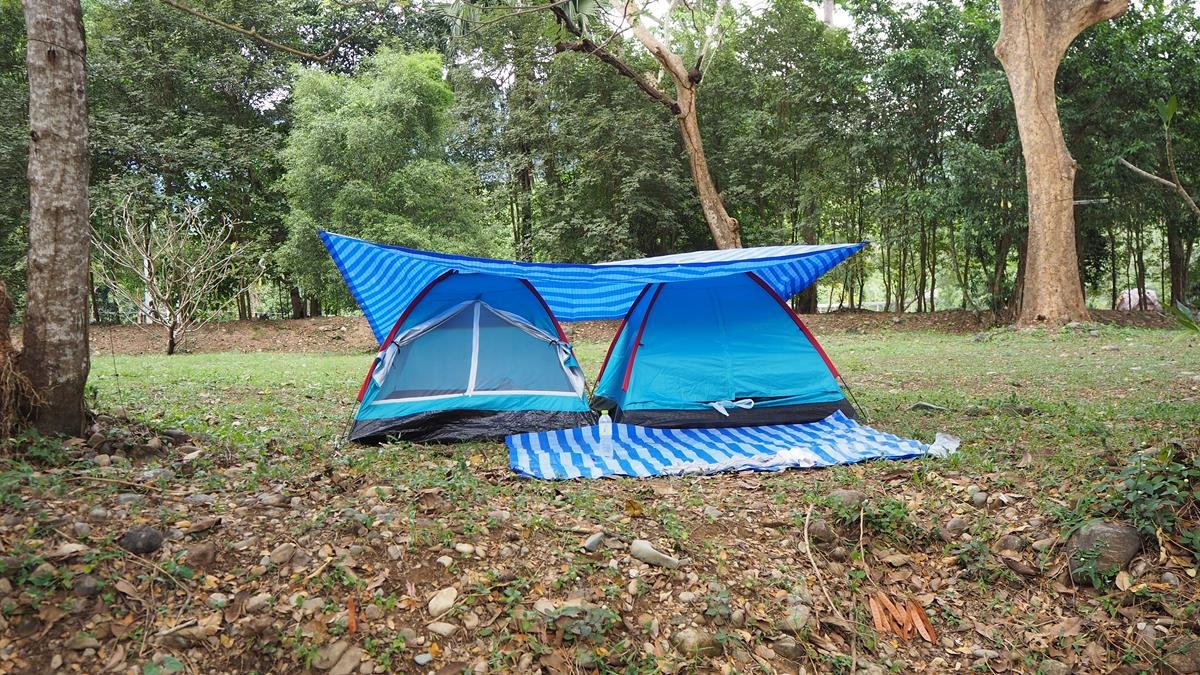










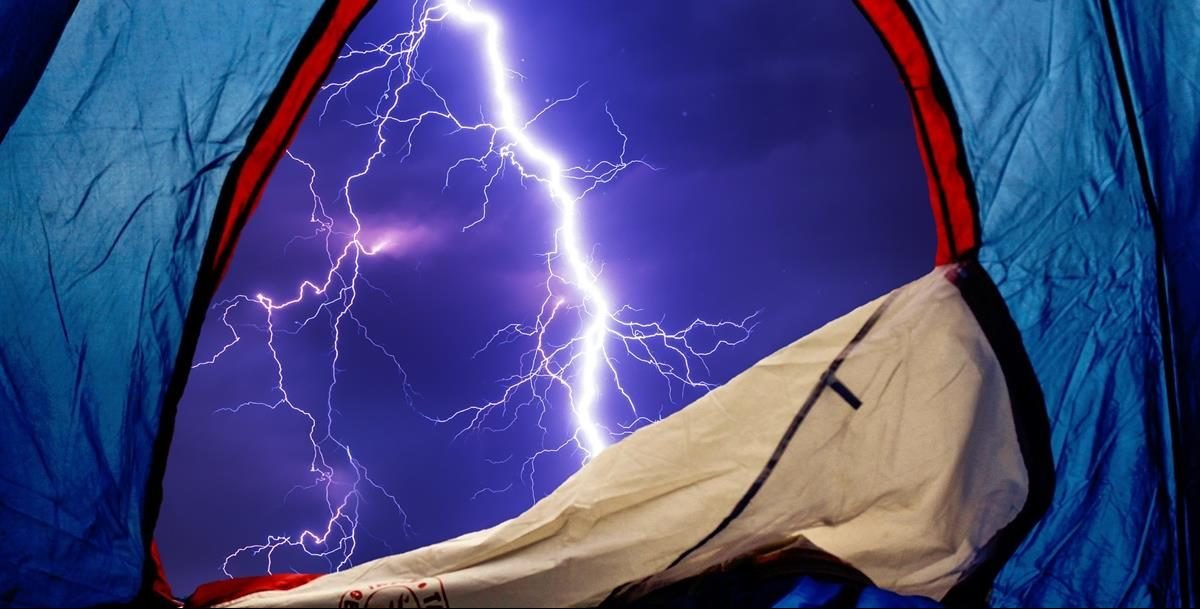

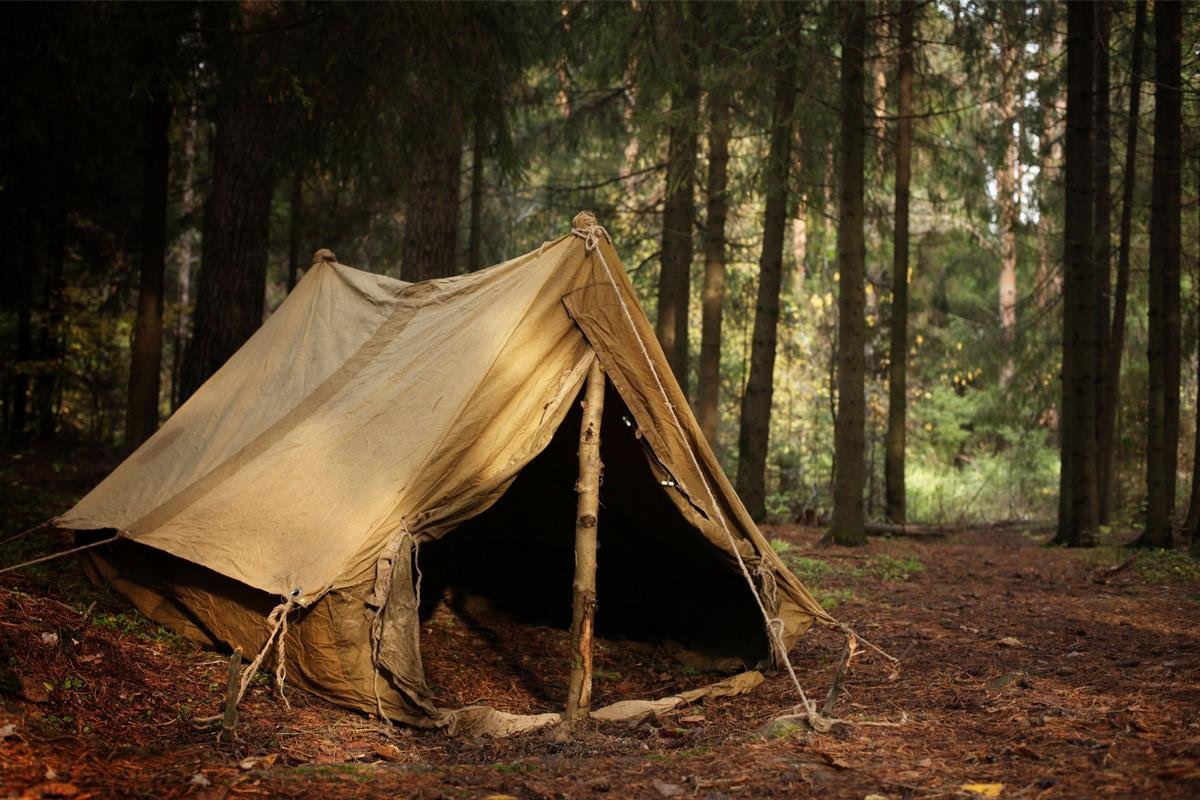

3 Responses